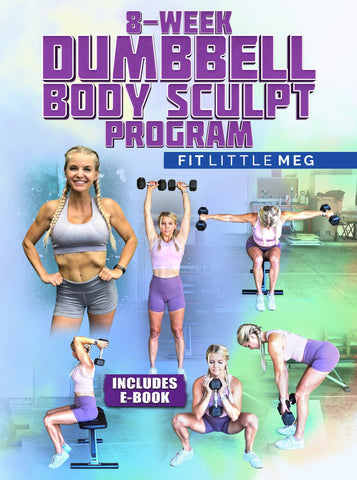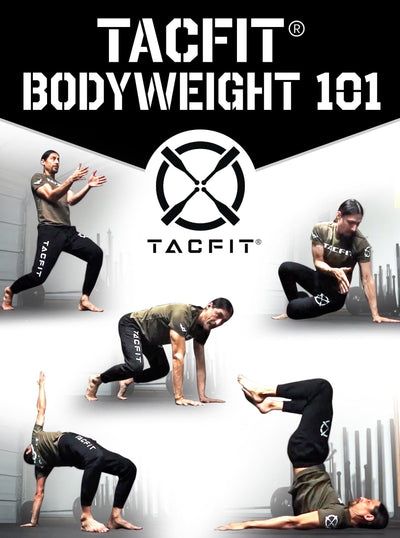How to Do Kettlebell Swings
Kettlebell swings are a highly effective full-body exercise that can provide numerous benefits for strength, endurance, and overall fitness. When performed correctly, they target various muscle groups, primarily focusing on the posterior chain, which includes the glutes, hamstrings, lower back, and core muscles. Additionally, kettlebell swings engage the shoulders, hips, and legs, making them a versatile exercise for improving both muscular strength and cardiovascular fitness. So, want to know how to swing a kettlebell?
The benefits of incorporating kettlebell swings into your fitness routine are manifold. Firstly, they promote explosive power, helping you develop dynamic strength that translates into improved performance in sports and daily activities. Secondly, kettlebell swings are excellent for building muscular endurance, enhancing your ability to sustain physical activity over extended periods. Moreover, due to their cardiovascular nature, swings can contribute to improved cardiovascular health and fat loss when combined with proper nutrition and other exercises.
To perform a kettlebell swing with proper form, start by standing with your feet shoulder-width apart and the kettlebell placed a few feet in front of you. Hinge at the hips, keeping your back straight and chest up, and grip the kettlebell handle with both hands using an overhand grip. Maintain a slight bend in your knees. Inhale as you hike the kettlebell back between your legs, then forcefully exhale as you stand up explosively, swinging the kettlebell up to shoulder height. Your hips should drive the movement, and your arms should remain relaxed, acting as a hinge. Let the kettlebell's momentum bring it back down between your legs, and repeat the movement in a controlled and fluid manner.
Kettlebell Swing Alternatives
For those seeking alternatives to kettlebell swings, there are several options available. One popular alternative is the dumbbell swing, which employs a similar movement pattern but uses dumbbells instead of kettlebells. Alternatively, resistance band swings can mimic the kettlebell swing motion while adding resistance to the exercise. However, it's essential to remember that any exercise substitution should be performed with proper form and caution to avoid injury.
To perform kettlebell swings with dumbbells, you can use a similar movement pattern as traditional kettlebell swings. Start by standing with your feet shoulder-width apart and a dumbbell placed a few feet in front of you. Hinge at the hips, keeping your back straight and chest up, and grip the dumbbell handle with both hands using an overhand grip. Maintain a slight bend in your knees. Inhale as you hike the dumbbell back between your legs, then forcefully exhale as you stand up explosively, swinging the dumbbell up to shoulder height. Your hips should drive the movement, and your arms should remain relaxed, acting as a hinge. Let the dumbbell's momentum bring it back down between your legs, and repeat the movement in a controlled and fluid manner.
The idea of performing 100 kettlebell swings a day has gained attention as a fitness challenge. While this can be a great way to develop consistency and build muscular endurance, it's crucial to approach it gradually and listen to your body. If you're new to kettlebell swings, start with a lower number of repetitions and gradually increase the volume as your form and conditioning improve. It's recommended to mix up the intensity and volume of your workouts to prevent overtraining and allow your body to recover adequately.
In conclusion, kettlebell swings offer an effective way to target multiple muscle groups and improve both strength and cardiovascular fitness. When performed with proper form, they can yield numerous benefits such as increased power, muscular endurance, and improved overall conditioning. However, like any exercise, it's crucial to prioritize safety and progression. Whether you're incorporating kettlebell swings into your routine, exploring alternative exercises, or considering a challenge like 100 swings a day, remember that a balanced and well-rounded approach to fitness will yield the best results in the long run.
Did you find the blog helpful? If so, consider checking out other guides:
- Kettlebell Swings
- What Do Kettlebell Swings Work?
- 10,000 Kettlebell Swing Challenge
- How Many Kettlebell Swings
- 300 Kettlebell Swings a Day
- 50 Kettlebell Swings a Day
- 200 Kettlebell Swings a Day
- Kettlebell Pullover
- Kettlebell Pull Exercises
- Kettlebell High Pull Muscles Worked
- Pull Throughs and Kettlebell Swings
- The Kettlebell Plank Pull Through
- Kettlebell Swing Push or Pull
- Hack Squat Kettlebell
- Kettlebell Squat Variations





